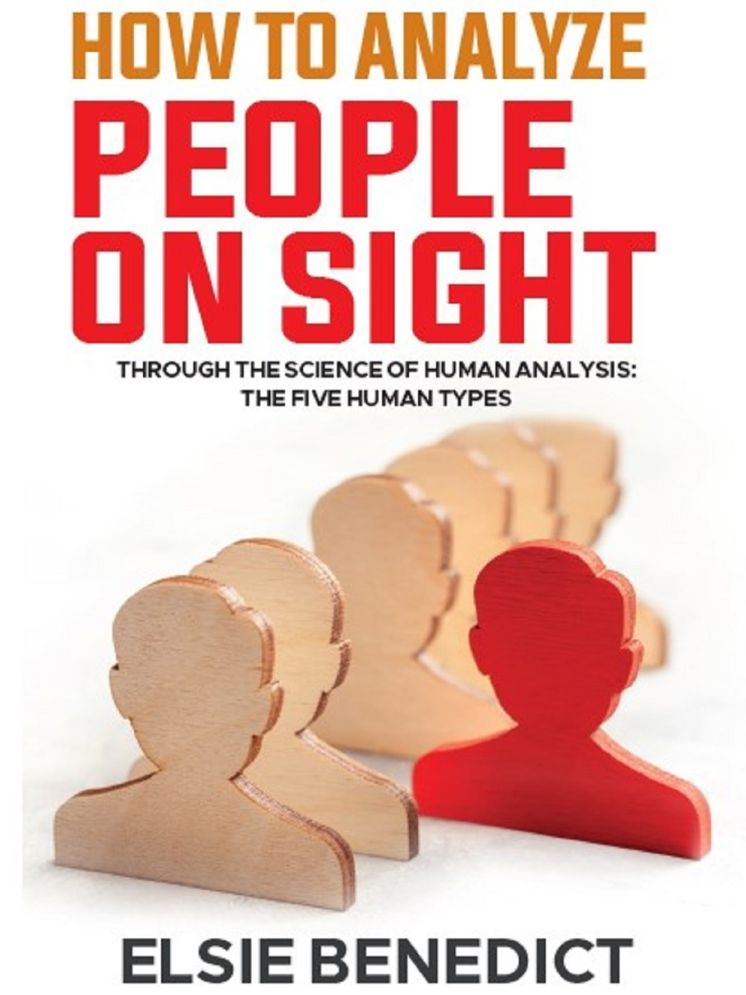How to Analyze People on Sight by Elsie Lincoln Benedict is a classic book on understanding human behavior and personality, first published in the early 20th century. The book offers insights into the study of physical characteristics, gestures, and demeanor to help individuals quickly assess a person's character, temperament, and potential motivations. Benedict, along with her husband, Ralph Paine Benedict, developed a system of "character analysis" based on physical traits and behavioral cues.
Key Themes and Concepts in How to Analyze People on Sight:
The Importance of Observation: Benedict stresses that understanding others begins with careful observation. By paying close attention to physical traits—such as posture, facial expressions, and body language—one can make accurate inferences about a person's personality and tendencies.
Types of Personalities: The book divides people into different "types" based on their physical traits, with each type corresponding to specific personality characteristics. These types are based on the idea that outward appearance is a reflection of inner traits, and the system categorizes people into groups such as "head types," "body types," "nose types," and others, each with distinct behaviors, strengths, and weaknesses.
The Influence of Posture and Movement: Benedict emphasizes how a person’s posture, gait, and movements can reveal a lot about their confidence, energy level, and emotional state. She explains how individuals who walk with confidence may be assertive, while those who walk with hesitation might be more introverted or insecure.
Facial Expressions and Gestures: According to Benedict, the face is a "window to the soul." She provides details on how different facial expressions, eye movements, and hand gestures can indicate underlying emotions and character traits. For example, a quick, shifty glance might indicate a person is nervous or untrustworthy, while steady eye contact could signify openness and confidence.
The “Scientific” Approach to Character: Benedict’s system is built on the idea that by observing a person's physical features and behaviors, you can deduce their personality and nature. This analysis is based on the belief that the body and mind are closely linked, so external features are a reliable way to gauge internal characteristics.
Practical Applications: Benedict shows how this ability to "analyze" people can be used in everyday life to improve relationships, avoid conflicts, and make better decisions in social and professional settings. Understanding others’ motivations and behavioral tendencies allows for more effective communication and interaction.
Avoiding Misjudgments: While Benedict encourages readers to make informed judgments about others, she also advises caution. The book emphasizes that character analysis should not be used for harsh judgment or stereotyping but as a tool for understanding and empathy.
Key Concept:
A central principle of the book is the idea that "the outer man is a reflection of the inner man." By learning how to decode physical signs and behavior patterns, one can gain valuable insight into a person's psychological state, emotional responses, and even their potential for certain behaviors.
How to Analyze People on Sight is often considered one of the earlier works in the field of personality analysis, and it combines elements of psychology, body language, and social intelligence. While the methods may seem dated or oversimplified by today’s standards, it remains a fascinating read for those interested in understanding human nature and improving their ability to read people in social or professional situations.


